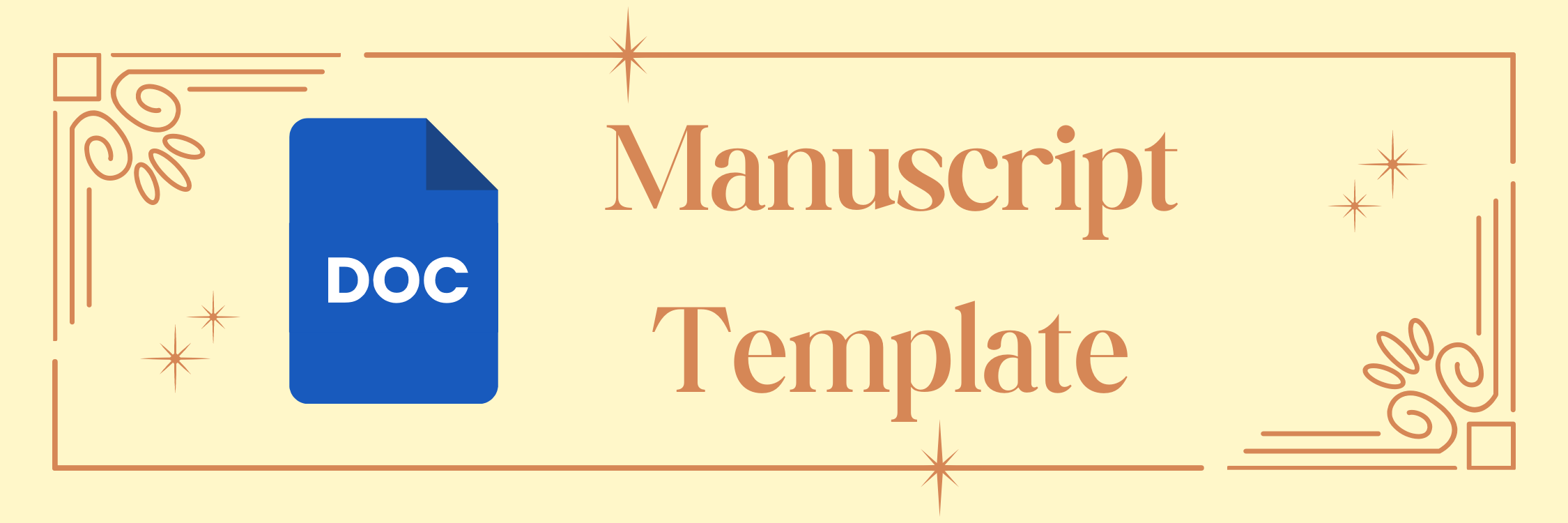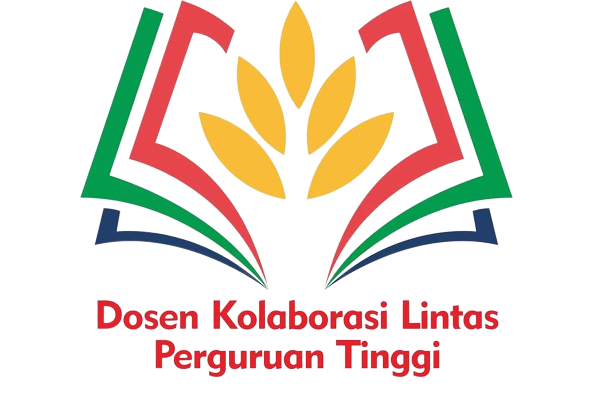Branding strategy for the tourism attraction potential of Pura Pengelukatan Tirta Sudamala Wanagiri Buleleng
DOI:
https://doi.org/10.69812/itj.v1i3.76Keywords:
Spiritual Tourism, Healing Tourism, Branding StrategyAbstract
Tourism branding strategies are crucial for creating a unique and compelling identity for destinations to attract visitors. This study focuses on Pura Pengelukatan Tirta Sudamala, a spiritual temple located in Wanagiri Village, Bali, which holds significant potential as a religious and healing tourism destination. Despite its historical and cultural importance, the temple's potential remains underdeveloped and underexplored. The research objectives are to analyze the temple’s spiritual, cultural, and natural appeal and to propose an effective branding strategy to elevate its recognition as a healing tourism site. The study adopts a qualitative research methodology with a descriptive approach, utilizing in-depth interviews, field observations, and document analysis. Key stakeholders, including temple caretakers, local residents, and visitors, provided critical insights. Field observations highlighted the temple’s purification rituals rooted in Tri Kaya Parisudha and Panca Maha Bhuta concepts, combining spirituality, natural elements, and therapeutic experiences. The findings demonstrate that Pura Pengelukatan Tirta Sudamala possesses unique attributes for spiritual healing, including traditional purification practices, serene natural surroundings, and cultural heritage. However, challenges such as limited accessibility, inadequate promotion, and low visitor awareness hinder its development. To address these issues, the proposed branding strategy focuses on the 4A framework: Awareness, Attitude, Action, and Accessibility. Key strategies include increasing online visibility through social media, engaging with wellness tourism influencers, improving visitor facilities, and developing infrastructure. Collaborative efforts with travel agencies and local stakeholders are also recommended to enhance accessibility and sustainability.
Downloads
References
Aaker, D. (2012). Building Strong Brands. In TA - (Reprint). Simon and Schuster. https://books.google.com/books/about/Building_Strong_Brands.html?hl=id&id=OLa_9LePJlYC
Balsalobre-Lorente, D., Driha, O. M., Shahbaz, M., & Sinha, A. (2020). The effects of tourism and globalization over environmental degradation in developed countries. Environmental Science and Pollution Research, 27(7), 7130–7144. https://doi.org/10.1007/S11356-019-07372-4/FIGURES/3
Blain, C., Levy, S. E., & Ritchie, J. R. B. (2005). Destination Branding: Insights and Practices from Destination Management Organizations. Journal of Travel Research, 43(4), 328–338. https://doi.org/10.1177/0047287505274646
Budayana, I. M., & Adi, N. R. (2021). Prospect For ecotourism sector In Wanagiri Village during the new normal era. International Journal of Economics, Business and Accounting Research (IJEBAR), 5(3), 2909–2922. https://doi.org/10.29040/IJEBAR.V5I3.3169
Dwyer, Larry., Forsyth, P. ., & Dwyer, Wayne. (2020). Tourism economics and policy (2nd ed.). Channel View Publications.
Fletcher, J., Fyall, A., Gilbert, D., & Wanhill, S. (2018). Tourism: principles and practice (6th ed.). Pearson Education Limited.
Hall, C. M. (2010). Crisis events in tourism: subjects of crisis in tourism. Current Issues in Tourism, 13(5), 401–417. https://doi.org/10.1080/13683500.2010.491900
Hall, C. M., & Page, S. J. (2014). The Geography of Tourism and Recreation: Environment, Place and Space. In The Geography of Tourism and Recreation: Environment, Place and Space. Taylor and Francis. https://doi.org/10.4324/9780203796092/
Hikmah, N., Fauziyah, N. K., Septiani, M., & Lasari, D. M. (2022). Healing Sebagai Strategi Coping Stress Melalui Pariwisata. Indonesian Journal of Tourism and Leisure, 3(2), 113–124. https://doi.org/10.36256/IJTL.V3I2.308
Hussin, Z. H., Jusoff, K., Ayob, M. Z., & Saman, F. M. (2009). Tourists’ satisfaction on Kilim river mangrove forest ecotourism services. International Journal of Business and Management, 4(7), 76–84. https://doi.org/10.5539/ijbm.v4n7p76
Kotler, P., Bowen, J. T., Makens, J. C., & Baloglu, S. (2017). Marketing for hospitality and tourism. In Pearson. Pearson. https://thuvienso.hoasen.edu.vn/handle/123456789/6843
Lew, A. A. (2017). New Research Paradigms in Tourism Geography. Routledge.
Li, M. (2012). Cross-Cultural Tourist Research: A Meta-Analysis. Journal of Hospitality & Tourism Research, 38(1), 40–77. https://doi.org/10.1177/1096348012442542
Liu, Z. (2003). Sustainable Tourism Development: A Critique. Journal of Sustainable Tourism, 11(6), 459–475. https://doi.org/10.1080/09669580308667216
Martíınez-Martínez, Aurora., Cegarra-Navarro, J.-Gabriel., & Garcia-Perez, Alexeis. (2023). Knowledge Management, Organisational Learning and Sustainability in Tourism. Routledge.
Nugraha, I. G. P., Atidira, R., & Agustina, M. D. P. (2022). Community-Based Tourism In Improving Community Welfare In Wanagiri Village, Sukasada District, Buleleng Regency. Journal of Tourism Economics and Policy, 2(2), 63–72. https://doi.org/10.38142/JTEP.V2I2.334
Pike, S. (2005). Tourism destination branding complexity. Journal of Product and Brand Management, 14(4), 258–259. https://doi.org/10.1108/10610420510609267/FULL/XML
Pitana, I. G. (2008). Cases from the Asia-Pacific Region: sustainable heritage tourism: conservation and the use of cultural heritage for tourism in Indonesia. Sustainable Tourism Management at World Heritage Sites: Enhancing Inter- Agency and Stakeholder Coordination for Joint Action. International Conference, Huangshan, China, 24-27 March 2008.
Richards, G. (2018). Cultural tourism: A review of recent research and trends. Journal of Hospitality and Tourism Management, 36, 12–21. https://doi.org/10.1016/j.jhtm.2018.03.005
Scorrano, P., Fait, M., Maizza, A., & Vrontis, D. (2019). Online branding strategy for wine tourism competitiveness. International Journal of Wine Business Research, 31(2), 130–150. https://doi.org/10.1108/IJWBR-06-2017-0043/FULL/XML
Seric, N., & Perisic, M. (2012). Branding Strategy for Specialist Tourism Products. Cruise Tourism and Society, 39–46. https://doi.org/10.1007/978-3-642-32992-0_4
Sharpley, R. (2018). Tourism, tourists and society, fifth edition. In Tourism, Tourists and Society, Fifth Edition (5th ed.). Taylor and Francis. https://doi.org/10.4324/9781315210407/TOURISM-TOURISTS-SOCIETY-RICHARD-SHARPLEY
Simpson, B. (1993). Tourism and tradition from healing to heritage. Annals of Tourism Research, 20(1), 164–181. https://doi.org/10.1016/0160-7383(93)90116-K
Siswantoro, S., & Ikhwan, I. (2024). Building city branding of Yogyakarta as a cultural city: A youtube user-generated content analysis. Indonesian Tourism Journal, 1(1), 59–69. https://doi.org/10.69812/ITJ.V1I1.18
Smith, Melanie., & Puczko, L. (2009). Health and wellness tourism. Routledge. https://books.google.com/books/about/Health_and_Wellness_Tourism.html?hl=id&id=ifYJBAAAQBAJ
Sugiyono, S. (2016). Memahami Penelitian Kualitatif. In Alfabeta. Alfabeta.
Sustacha, I., Baños-Pino, J. F., & Del Valle, E. (2023). The role of technology in enhancing the tourism experience in smart destinations: A meta-analysis. Journal of Destination Marketing & Management, 30, 100817. https://doi.org/10.1016/J.JDMM.2023.100817
Tabatabaei, F., Oshriyeh, O., & Beldona, S. (2024). Towards Sustainability: Exploring Community Involvement in Tourism Development. Tourism Planning & Development. https://doi.org/10.1080/21568316.2024.2392788
Thurmond, V. A. (2001). The Point of Triangulation. Journal of Nursing Scholarship, 33(3), 253–258. https://doi.org/10.1111/J.1547-5069.2001.00253.X
Weaver, D. (2007). Sustainable tourism. In Sustainable Tourism. Taylor and Francis. https://doi.org/10.4324/9780080474526/SUSTAINABLE-TOURISM-DAVID-WEAVER/ACCESSIBILITY-INFORMATION
Xie, L., Guan, X., Yeh, S. S., & Huan, T. C. (2024). Using value co-creation behavior as a mediator to explore the influence of virtual tourism community characteristics on destination brand equity. Journal of Brand Management, 1–16. https://doi.org/10.1057/S41262-024-00365-W/METRICS
Yuliardi, I. S., Susanti, A. D., & Saraswati, R. S. (2021). Identifikasi Kelayakan Obyek Wisata Alam Dengan Pendekatan 4a (Attraction, Amenity, Accesibility, Dan Ancilliary). Jurnal Arsitektur Kolaborasi, 1(2), 36–53. https://doi.org/10.54325/KOLABORASI.V1I2.11
Downloads
Published
How to Cite
Issue
Section
License
Copyright (c) 2024 Ni Komang Deviana, Misri Misri, I Putu Aditya Prawira Putra, Putu Gede Wirananda Manggala Putra, Hawita Sapitri

This work is licensed under a Creative Commons Attribution-ShareAlike 4.0 International License.
You are free to:
- Share — copy and redistribute the material in any medium or format for any purpose, even commercially.
- Adapt — remix, transform, and build upon the material for any purpose, even commercially.
- The licensor cannot revoke these freedoms as long as you follow the license terms.
Under the following terms:
- Attribution — You must give appropriate credit, provide a link to the license, and indicate if changes were made . You may do so in any reasonable manner, but not in any way that suggests the licensor endorses you or your use.
- ShareAlike — If you remix, transform, or build upon the material, you must distribute your contributions under the same license as the original.
- No additional restrictions — You may not apply legal terms or technological measures that legally restrict others from doing anything the license permits.















